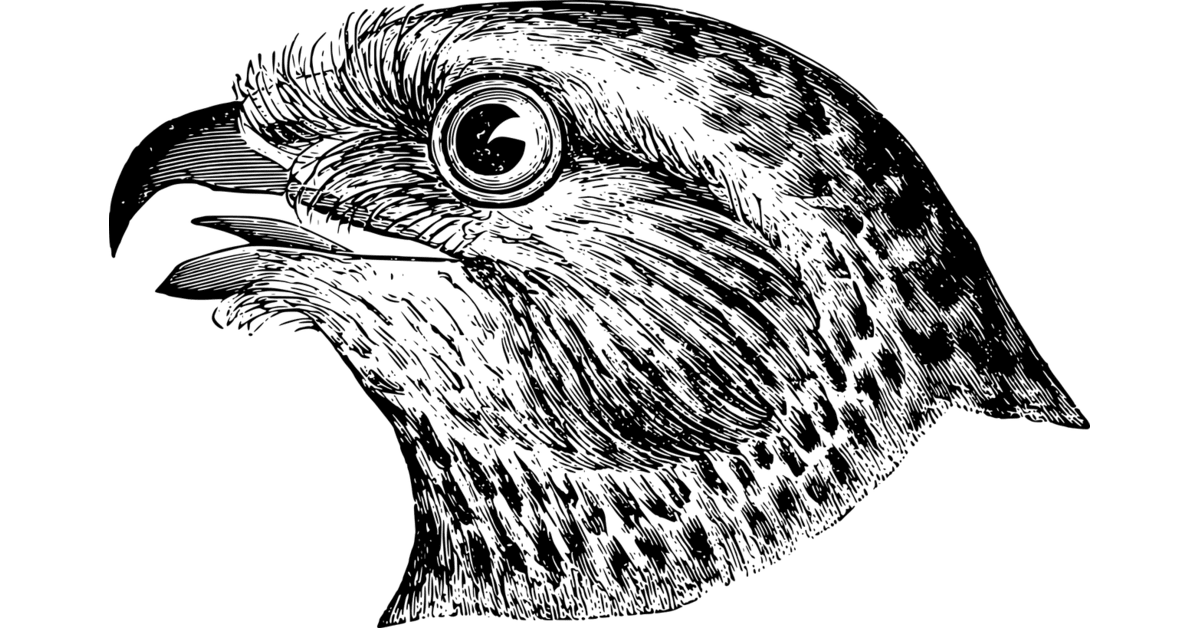In modern English, “Champing At The Bit nyt” describes someone eager or impatient to begin something. Despite its common usage, many people may need help understanding where it comes from or how it has evolved.
What Does “Champing at the Bit” Mean?
“Champing At The Bit nyt” refers to an individual who is eager or impatient to start an activity or task. The phrase is often used to describe someone who can barely contain their enthusiasm or anticipation, often in a figurative sense. For example, a professional ready to take on a new project might be described as “champing at the bit,” implying they are itching to start.
People frequently misuse or alter the phrase in everyday language, often saying “chomping at the bit.” However, “champing” is the original and technically correct term. Both versions convey the same idea, but “champing” carries a more vital link to the expression’s historical and equestrian roots.
The Origins of “Champing at the Bit”
To fully understand the meaning behind “champing at the bit,” we must look back to its equestrian origins. The phrase dates back centuries and is deeply rooted in horse riding.
What is a bit?
A bit is a piece of metal placed in a horse’s mouth, attached to the harness, used to help the rider control the horse. The reins connect to the bit, allowing the rider to guide the horse’s movements. It is an essential tool for communicating directions to the animal.
Champing Explained:
“Champing” refers to the act of biting or chewing. In horse riding, when a horse becomes excited, restless, or anxious to move, it might bite or chew on the bit. This behavior is called champing. The horse’s eagerness to move forward or begin a race or journey often manifests as it “champs” on the bit, signaling impatience and anticipation.
Thus, the phrase describes someone exhibiting a similar level of eager anticipation when applied to people.
The Evolution of “Champing at the Bit” in Language
While “champing at the bit” has maintained its equestrian connections, its metaphorical usage has become part of everyday language. In modern times, the phrase is widely used across various contexts, from sports to business and even in social interactions.
Widespread Misuse: “Chomping” vs. “Champing”
One notable evolution of the phrase is the common misuse of “chomping” instead of “champing.” Many English speakers say “chomping at the bit” without realizing that “champing” is the phrase’s older and more accurate version. “Chomping” may be more familiar to some due to its association with eating, but “champing” more accurately reflects the horse’s behavior and the phrase’s historical roots.
While linguists and purists may point out the difference, the reality is that both versions are now understood to convey the same impatience or eagerness.
Usage of “Champing at the Bit” in Popular Culture
Over the years, “champing at the bit” has appeared in literature, media, and everyday conversation. One notable example is in journalism, where the phrase often finds its way into articles and opinion pieces. The New York Times (NYT), a widely read and respected publication, is known for its eloquent use of language, and this phrase has appeared in various contexts within its pages.
NYT Example:
In The New York Times, writers often use phrases like “champing at the bit” to describe political figures, athletes, and other public figures anxious to move forward with an agenda or task. For instance, in a political piece, one might refer to a candidate “champing at the bit” to launch a campaign. In the world of sports, it could describe an athlete eager to return to the field after an injury.
In Sports and Entertainment:
Athletes are frequently portrayed as “champing at the bit” before a big game, whether waiting to return from injury or eager to take on a rival team. This phrase has also appeared in movie reviews, where characters’ impatience or anticipation is highlighted using this metaphor.
In Business and Technology:
In the business world, professionals who are enthusiastic about a new project or product launch are often said to be “champing at the bit.” Similarly, entrepreneurs eagerly awaiting the results of a funding round or the debut of a new technology might be described using this phrase.
Champing at the Bit: The Psychological Connection
At its core, “champing at the bit” is about anticipation and readiness to act. This speaks to a more profound psychological experience that many people can relate to—feeling on edge, impatient, or anxious about an upcoming event or action.
When eagerly anticipating something, our brain releases dopamine, a neurotransmitter associated with pleasure and motivation. The same psychological processes that make a horse champ at the bit can be observed in humans waiting to seize an opportunity, achieve a goal, or face a challenge. The excitement and impatience build up, driving us to take action as soon as the chance presents itself.
The Phrase in Modern Journalism and Media
In modern journalism, including esteemed publications like The New York Times, “champing at the bit” is often employed to describe individuals or groups ready to make their next move. Whether in a political context—where a candidate eagerly awaits the next debate—or in cultural reporting—where a director is “champing at the bit” to unveil a new project—the phrase resonates across different topics. Its adaptability allows it to stay relevant in journalism and popular media.
Conclusion
“Champing at the Bit” has rich historical roots, from horse riding to modern conversations and media. Whether we encounter it in the pages of The New York Times or hear it used in everyday speech, the phrase captures the universal feeling of impatience and excitement for something to begin. While many people may not realize the equestrian background of the phrase, its meaning remains crystal clear, resonating across various fields and contexts.
